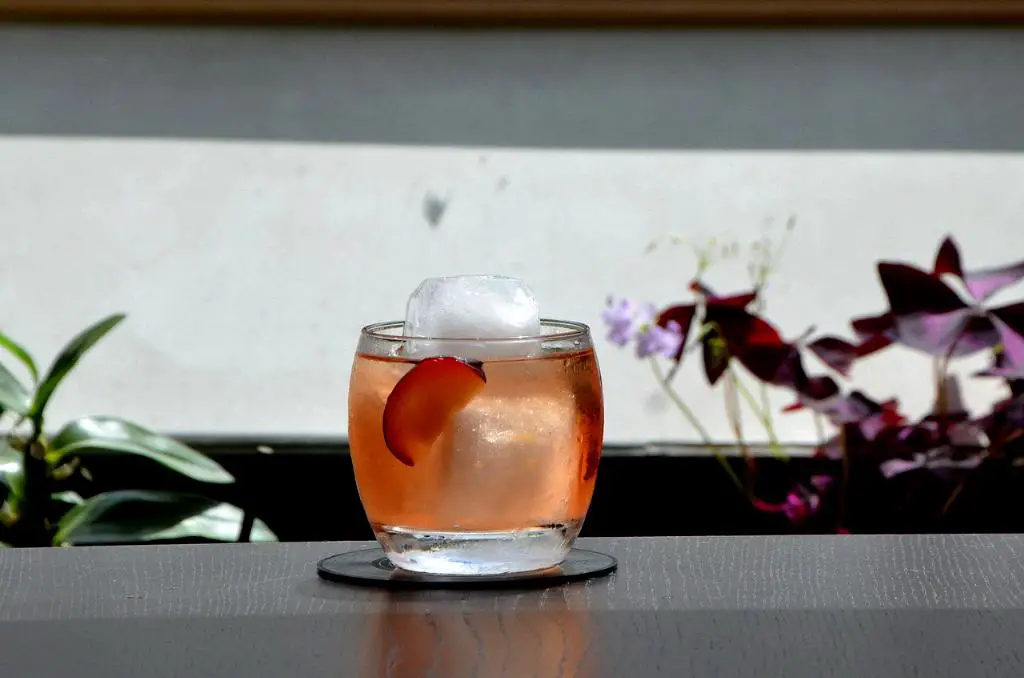When it comes to the world of vermouth, there are two distinct varieties that often find themselves in the spotlight: dry vermouth and sweet vermouth. While they may share some commonalities, their differences can greatly impact the taste and character of cocktails. So, what exactly sets dry vermouth apart from its sweeter counterpart? Let’s delve into the nuances and explore the key differences between the two.
Dry Vermouth: The Essence of Elegance and Complexity
Dry vermouth, also known as white vermouth, is characterized by its lean, tart, and herbaceous profile. It is commonly used in classic cocktails like the renowned Martini. McLuen, a vermouth expert, describes dry vermouth as a drink with a distinctive dryness that adds an elegant touch to any cocktail.
When sipping on a dry vermouth-based cocktail, you can expect a clean and crisp taste with subtle floral undertones. Its herbaceous notes, often featuring botanicals like wormwood, lend a complex and intriguing flavor profile to the drink. The dryness of this vermouth allows other spirits and mixers to take center stage, making it a popular choice for those who desire a more refined and crisp cocktail experience.
Sweet Vermouth: A Symphony of Flavors and Aromas
On the other end of the spectrum, we have sweet vermouth, also known as red vermouth. This variety is characterized by its richness, pleasant sweetness, and pronounced spiced and herbaceous notes. It is most prominently used in cocktails such as the Manhattan and the Negroni.
When you take a sip of a cocktail made with sweet vermouth, your taste buds are greeted with a delightful combination of tartness and sweetness. The floral undertones are more pronounced, and the richness of the drink adds a velvety smoothness to the overall experience. The spiced and herbaceous flavors in sweet vermouth help elevate the complexity of cocktails and bring a distinct warmth to each sip.
Pairings and Versatility
The different flavor profiles of dry and sweet vermouth make them ideal for various cocktail creations. Dry vermouth’s crispness and dryness allow it to blend seamlessly with other spirits like gin or vodka, creating refreshing and sophisticated cocktails. It adds a touch of elegance to traditional drinks such as the Martini or the Gibson.
On the other hand, sweet vermouth’s sweetness and richness make it a natural companion for dark spirits like whiskey or bourbon. It balances out the intensity of these spirits and contributes a luscious complexity to cocktails like the Manhattan or the Boulevardier. The pairing possibilities are endless, giving mixologists a wide range of options to explore.

Conclusion
In essence, the key difference between dry and sweet vermouth lies in their distinct flavor profiles. Dry vermouth offers an elegant and crisp experience with tartness and herbaceous hints, while sweet vermouth brings a symphony of flavors with pronounced sweetness and spiced undertones. Understanding these differences allows cocktail enthusiasts to craft the perfect libation, tailored to their unique taste preferences and the desired character of their cocktail creations.
